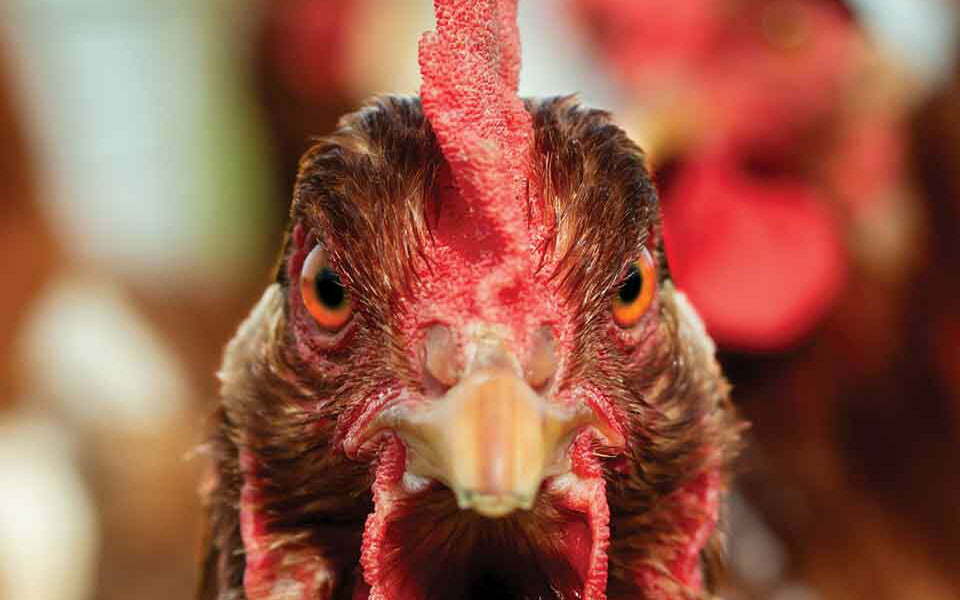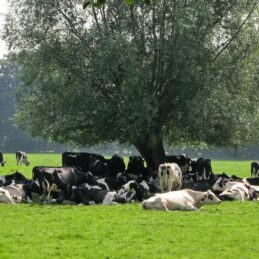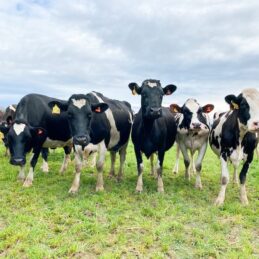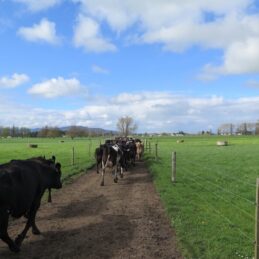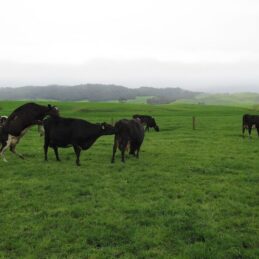The Food Price Index (Eggs) Report distributed by the Egg Producers Federation (EPF) shows a continuing reduction in the number of birds in lay.
This trend suggests, among other factors, that we are holding birds in lay for longer to extend their life cycle. As a result, maintaining egg production and in particular, egg shell quality, becomes extremely important in this scenario.
Genetic and nutritional advances to support the productivity of critical organs involved in egg production may help sustain egg quality for longer. The benefits of making hens lay longer are both financial and environmental. For example, it has been calculated that for an increase in 10 weeks of production, 1g of nitrogen could be saved per 12 eggs produced. This again would reduce the nitrification impact of egg production significantly. Longer laying cycles enhance lifetime egg production per hen housed, reducing the number of hens required to produce the same number of eggs. This has knock-on effects not only for the environmental footprint but also for financial savings, as it reduces the amount of animal feed required to maintain the hens.
On the other hand, the main reasons for replacing laying hen flocks at around 72-80 weeks of age is a decline in egg numbers combined with a deterioration in egg quality during the production cycle. Extending laying cycles to a target of 92-100 weeks then calls for strategies that increase persistency in lay and stability in egg quality. It is well known that the reduction in quantity and quality of eggs over the egg production period is linked to ovarian ageing.
Studies have shown that an imbalance between reactive oxygen species (ROS) and the antioxidant defence system is one of the most important factors inducing ovarian ageing. ROS accumulate during metabolic activity, which can be exacerbated in periods of high productivity and when the bird is challenged by stressors in its environment or feed.
On the other hand, additional studies have proven that it was possible to upregulate Nrf2 expression with a positive knock-on effect for gene expression of antioxidant enzymes and thereby delay the aging process of ovaries by nutritional means in laying hens.
Important egg quality parameters are eggshell strength, albumen height and Haugh units (HU), all of which decline as the hen ages throughout the laying period. Both albumen height and HU were depressed in studies where the Nrf2-KEAP1 pathway was impaired by the experimental design in laying hens.
Recent research investigating the effect of supplementing laying hen diets with a gut agility activator (NEXTEND®) on egg quality parameters in the late laying period and on the expression of Nrf2-KEAP1 pathway related gene expression in ovaries, indicated the potential for sustaining egg quality longer by upregulating the Nrf2- KEAP1 pathway in ovaries.
For more information on antioxidant applications, and to review how you can improve environmental impact from your flock, contact the Nutritech Technical Team to discuss further
Article adapted from Pancosma article by Gwendolyn Jones, PhD, published in International Poultry Production


